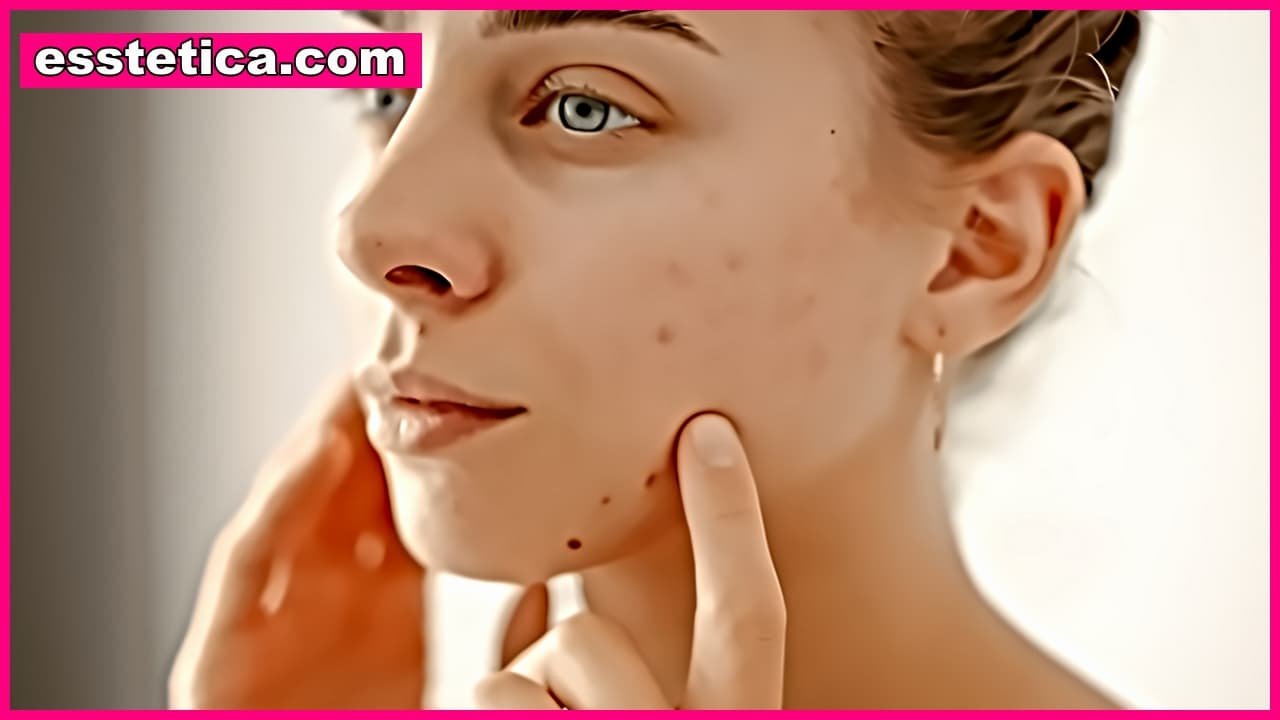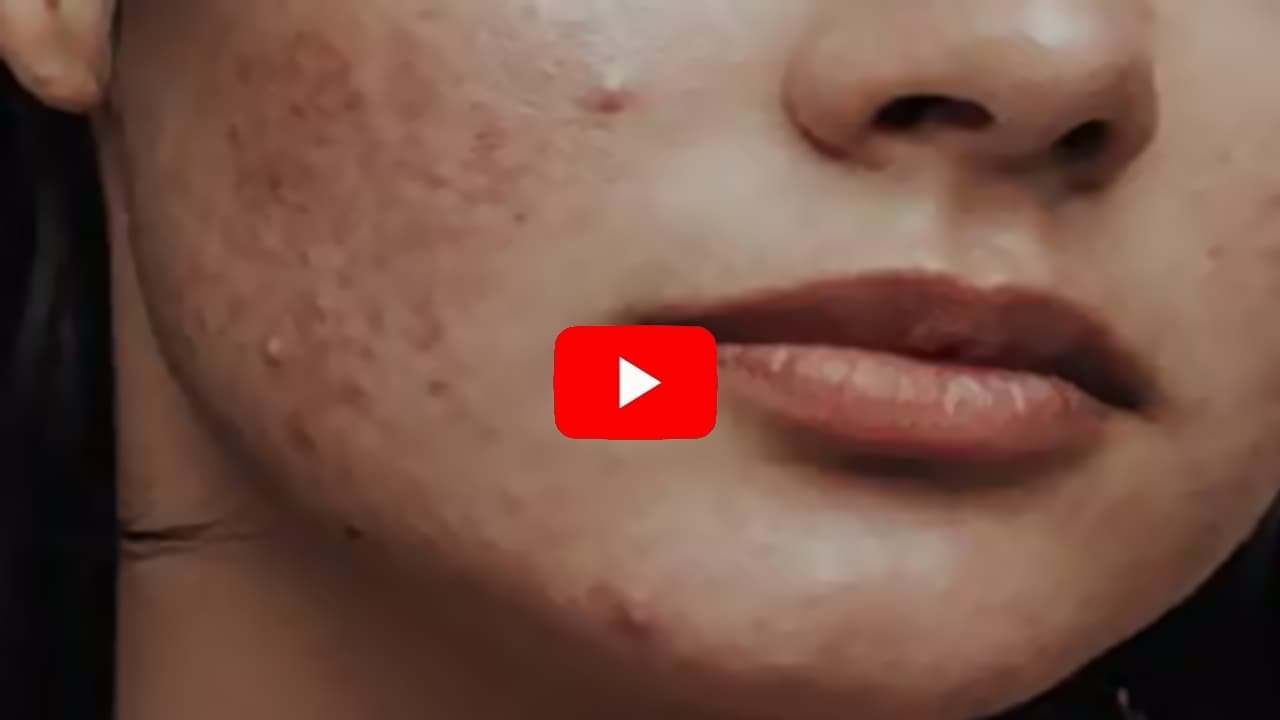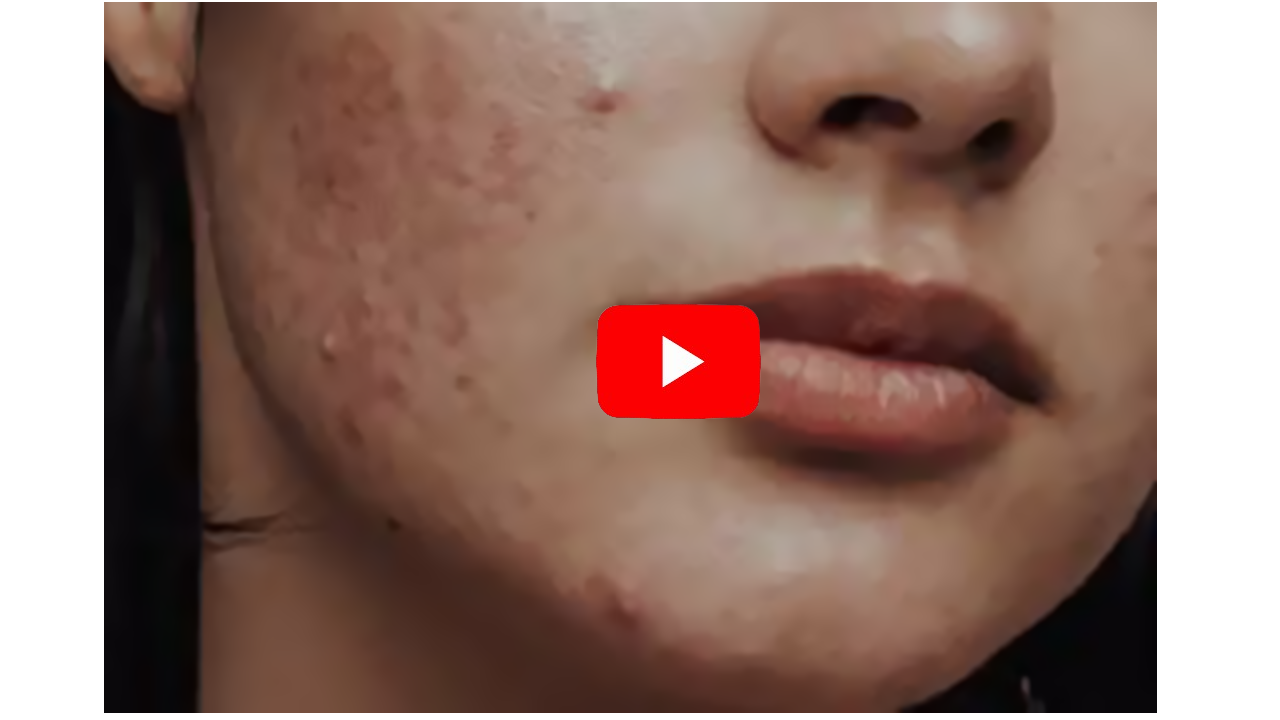Introduction
Acne.
That tiny word carries so much weight — frustration, confusion, sometimes even embarrassment.
But here’s the truth: acne isn’t random. It’s not just a “teenage problem,” bad hygiene, or bad luck.
Acne is the result of a complex chain reaction happening deep beneath your skin — involving your oil glands, hormones, bacteria, and immune system all at once.
Understanding how acne works is like unlocking the code behind your skin’s behavior. Once you see what’s really happening beneath the surface, you can stop blaming your skin — and start working with it.
Let’s dive deep into what really causes acne, step by step.
1. It All Starts Inside the Pore
Your skin is covered with tiny openings called pores — most of which are actually hair follicles.
Inside each pore lives a sebaceous gland, which produces a natural oil called sebum.
Sebum’s job?
To keep your skin soft, hydrated, and protected from the outside world.
But when this delicate system goes off-balance — when too much oil is produced or when the pore gets clogged — acne begins to form.
Let’s break that process down layer by layer.
2. The Four Key Factors That Create Acne
A. Excess Sebum Production
It starts with hormones, especially androgens (like testosterone).
During puberty, menstruation, or stress, your androgen levels can rise — telling your sebaceous glands to produce more oil than your skin needs.
The excess sebum mixes with dead skin cells, turning your pores into the perfect breeding ground for trouble.
Fun fact:
The oil itself isn’t the problem — it’s the imbalance that triggers everything else.
B. Dead Skin Cells That Don’t Shed Properly
Normally, your skin renews itself every few weeks — old cells die and fall away, making room for fresh ones.
But in acne-prone skin, dead cells stick together instead of shedding cleanly.
This creates a plug that traps oil inside the pore.
Now, you’ve got a sealed chamber filled with oil and dead skin — a cozy environment for bacteria to thrive.
C. The Role of Bacteria (Cutibacterium acnes)
Enter the bacteria.
Your skin naturally hosts a species called Cutibacterium acnes (C. acnes) — harmless in normal amounts.
But when trapped inside an oily, oxygen-free pore, it multiplies quickly.
As it grows, it releases enzymes and waste that irritate the surrounding tissue, triggering your body’s inflammatory response.
That’s when you start seeing redness, swelling, and pain — the visible signs of a breakout.
D. Inflammation: The Body’s Overreaction
Your immune system rushes to fight off the bacterial invasion, sending white blood cells and inflammatory chemicals to the area.
This defense mechanism, though well-intentioned, often backfires.
The result?
The pore wall may rupture, spilling its contents (oil, bacteria, and debris) into surrounding tissue — causing even more inflammation.
And just like that, a tiny clogged pore becomes a painful pimple.

3. The Different Forms of Acne and What’s Happening Beneath Them
Not all acne looks — or behaves — the same.
What you see on your skin depends on how far that internal process has progressed.
Let’s explore the main types:
A. Non-Inflammatory Acne
Whiteheads (Closed Comedones)
-
Form when a pore is fully blocked by oil and dead cells.
-
The top stays closed, trapping everything inside.
-
The result: a tiny bump with a white or flesh-colored top.
Blackheads (Open Comedones)
-
Similar process, but the pore stays open.
-
The trapped material oxidizes, turning dark (it’s not dirt!).
Both are the starting point of acne — the prelude before inflammation kicks in.
B. Inflammatory Acne
Papules
-
When bacteria and immune cells enter the clogged pore, it swells and reddens.
-
No visible pus yet — just tenderness and inflammation.
Pustules
-
The next stage — white blood cells collect to fight bacteria, forming a white or yellow “head.”
Nodules and Cysts
-
When infection spreads deeper, the result is large, painful lumps under the skin.
-
Nodules are firm and deep; cysts are softer and filled with pus.
-
These are the most likely to cause scarring because they damage tissue in the dermis (the skin’s deeper layer).
4. Hormones: The Invisible Hand Behind Acne
You can wash your face religiously and still break out — because hormones are often the real puppeteers.
How Hormones Influence Acne
-
Androgens (male hormones found in all genders) boost oil production.
-
Estrogen and progesterone fluctuations during menstrual cycles affect sebum balance.
-
Cortisol, the stress hormone, increases inflammation and triggers oil glands.
That’s why acne flares up during puberty, stress, or menstruation — your hormones are literally changing how your skin behaves.
5. Genetics: The Blueprint You Can’t Change (But Can Work With)
If your parents had acne, chances are, you might too.
Genetics determine:
-
How sensitive your oil glands are to hormones.
-
How sticky your dead skin cells become.
-
How strong your inflammatory response is.
You can’t change your genes, but you can change how you manage your skin environment to reduce flare-ups.
✅ Struggling with acne? Discover the 2 natural solutions I personally recommend:
👉 Get Ninja Health Now — Launch Your Health Site in 60 Seconds
6. Diet, Lifestyle, and Modern Triggers
Though not the root cause, lifestyle plays a powerful role in how acne behaves.
Food Factors
-
High-glycemic foods (like white bread, sweets, and sodas) spike insulin, which increases androgen activity.
-
Dairy (especially skim milk) has been linked to higher acne rates, possibly due to hormones in milk.
-
Omega-3 fatty acids (in fish, flaxseed, and walnuts) help calm inflammation.
Stress
When you’re stressed, cortisol levels rise — triggering oil glands and slowing skin repair.
Poor Sleep or Over-Exfoliation
Both can disrupt your skin barrier, making it easier for bacteria and inflammation to take hold.
7. What Happens After a Breakout: Healing or Scarring
When inflammation ends, your body starts repairing the damage.
Sometimes, it heals perfectly. Other times, it leaves acne scars or post-inflammatory marks (dark spots).
Whether you scar depends on:
-
The depth of the acne lesion.
-
How much collagen your skin produces during healing.
-
Whether you picked or irritated the pimple (which worsens damage).
Acne doesn’t just end when the bump disappears — the healing phase is just as crucial.
8. Why Acne Keeps Coming Back
Acne is cyclical. Even if you treat one breakout, the same biological conditions (excess oil, sticky cells, bacterial imbalance, and inflammation) can restart the cycle.
The Acne Loop:
-
Hormones trigger oil glands.
-
Dead skin blocks pores.
-
Bacteria multiply.
-
Inflammation begins.
-
The pore bursts → new inflammation.
-
Healing… then restart.
Breaking this cycle requires consistent care that targets all four steps, not just one.
9. How Treatments Interrupt Acne’s Process
Each acne treatment works by targeting a specific part of that cycle:
| Treatment Type | What It Targets | How It Works |
|---|---|---|
| Retinoids | Dead cell buildup | Increase cell turnover and prevent clogged pores |
| Benzoyl Peroxide | Bacteria | Kills C. acnes and reduces inflammation |
| Salicylic Acid | Blocked pores | Dissolves oil and unclogs pores |
| Antibiotics | Inflammation & bacteria | Calm infection and swelling |
| Hormonal Treatments | Oil production | Regulate androgen levels |
| Moisturizers & Barrier Repair | Skin healing | Strengthen skin against irritation |
No single ingredient fixes acne completely — success comes from addressing the process at multiple levels.
10. The Deeper Truth: Acne Is a Communication, Not a Flaw
When you understand how acne works, it changes how you view your skin.
Your skin isn’t broken — it’s communicating.
Acne is your body’s way of saying something’s off: oil balance, hormones, stress, inflammation, or barrier health.
Once you decode that message, you stop fighting your skin — and start supporting it.
Conclusion: Acne Is Science, Not Shame
Acne works through a chain of perfectly explainable biological reactions — and every single one can be understood, managed, and improved.
Behind every pimple, there’s a story of oil glands, hormones, bacteria, and inflammation working together — sometimes too much.
When you see acne as a system, not a surface flaw, you reclaim control. You realize it’s not about being “dirty” or “unlucky” — it’s about balance, biology, and care.
So next time a pimple appears, remember: your skin is doing what it was designed to do — protect, react, and heal. And with the right support, it can do it beautifully. 🌿
✅ Struggling with acne? Discover the 2 natural solutions I personally recommend:
👉 Get Ninja Health Now — Launch Your Health Site in 60 Seconds

 What Acne Means: Understanding the Real Story Behind Your Breakouts
What Acne Means: Understanding the Real Story Behind Your Breakouts What Acne Means on Your Face: The Hidden Map of Your Skin
What Acne Means on Your Face: The Hidden Map of Your Skin

